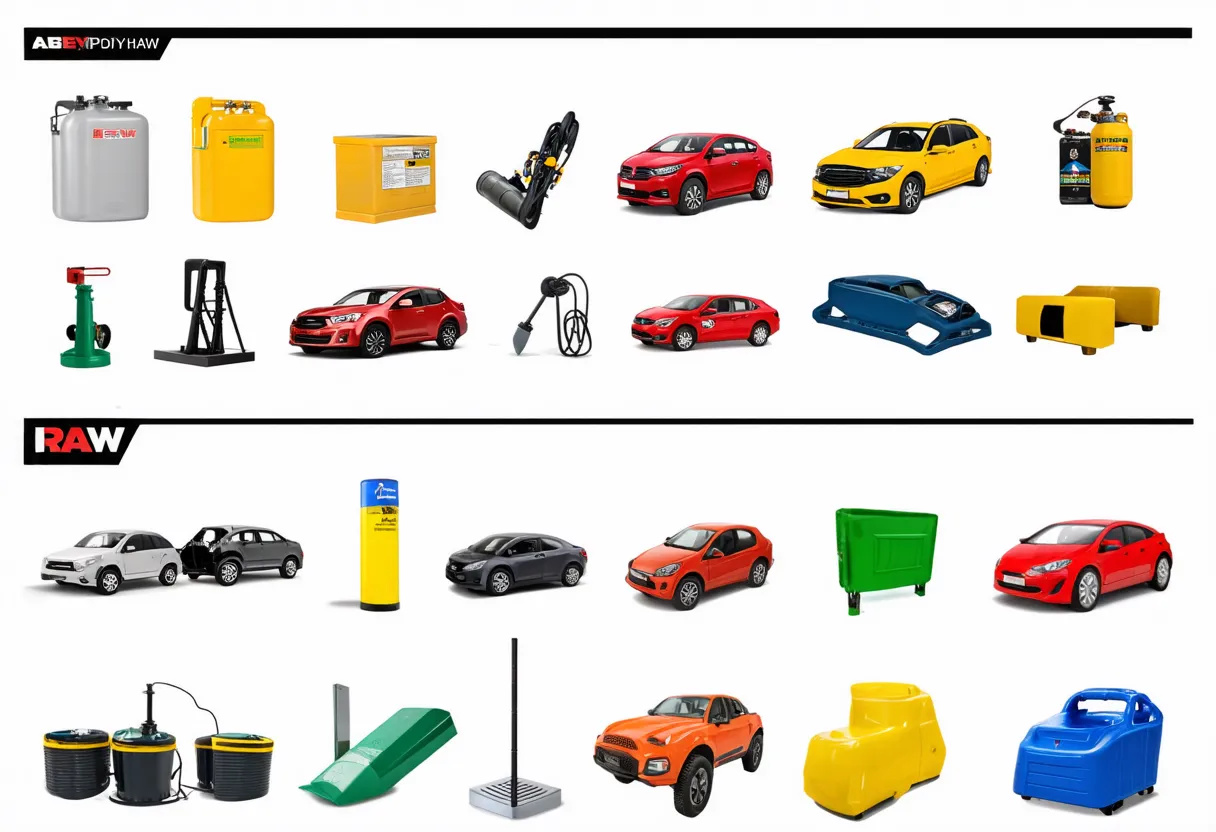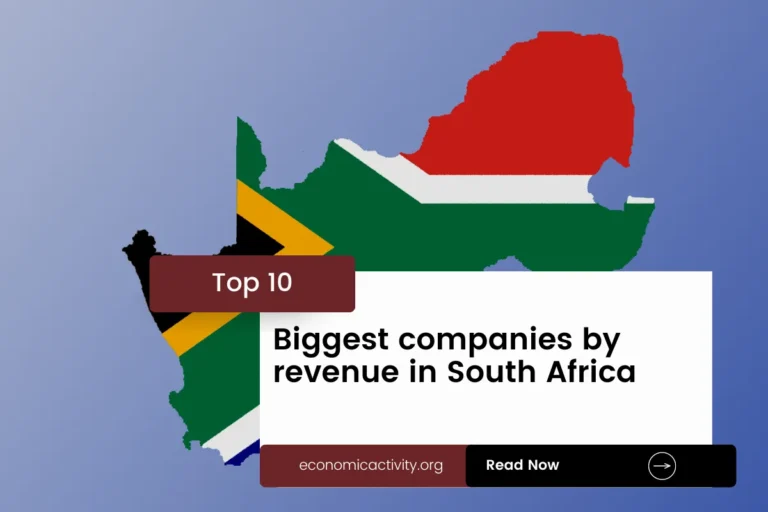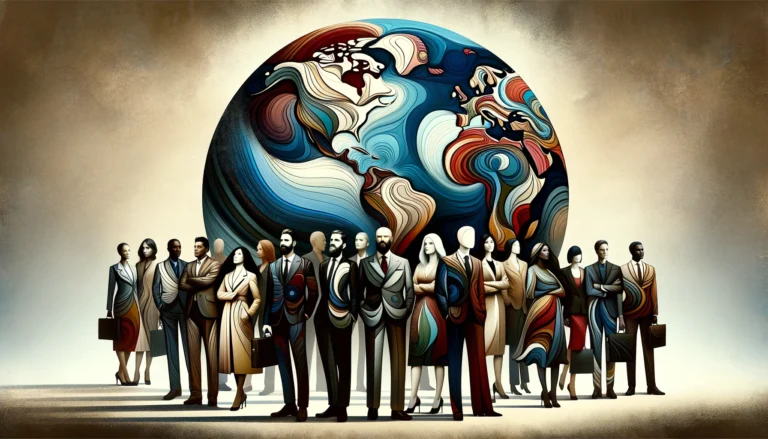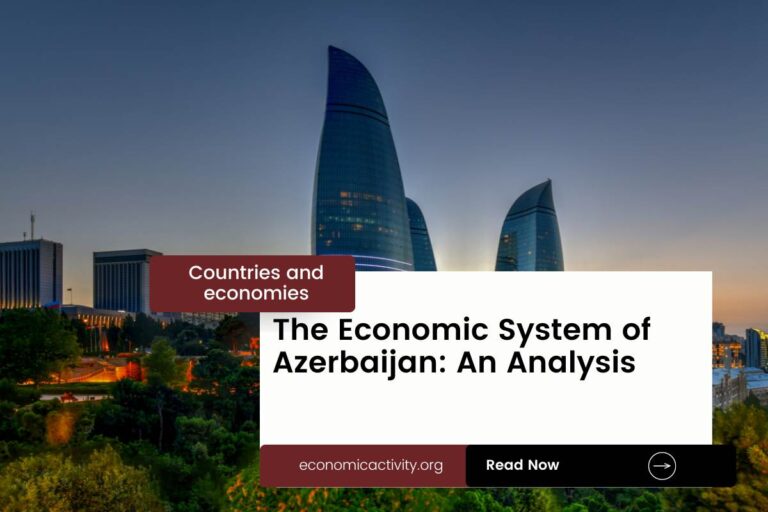Lithuania, with a population of 2,831,639, is ranked 130th in the world, just behind Puerto Rico. Located in Eastern Europe, it covers a total area of 65,290 square kilometers, ranking 118th globally, slightly smaller than Sri Lanka.
Lithuania’s economic position in 2022 is notable, with a GDP of $70,974,490,450.49, ranking 80th globally. It falls just behind Uruguay, whose GDP stands at $71,177,146,197.50. In terms of GDP per capita, Lithuania ranks 43rd with $25,064.80. It is surpassed by Czechia, with a GDP per capita of $27,226.62.
Despite its ranking, Lithuania’s economy shows stability and growth potential, positioning it as a key player in the global market.
What are the economic activities of Lithuania?
- Primary activities: 3.5% of GDP.
- Secondary activities: 29.4% of GDP.
- Tertiary activities: 67.2% of GDP.

Primary Sector of Lithuania
Lithuania’s primary sector, particularly agriculture, thrives due to its temperate climate and abundant natural resources. With 46.92% of the country’s land dedicated to agriculture, Lithuania produces a diverse range of crops and animal products. The main agricultural products include wheat, milk, rapeseed, sugar beets, barley, potatoes, beans, triticale, oats, and peas.
Despite contributing 3.5% to the GDP, agriculture plays a crucial role in the economy by providing a variety of essential products and supporting rural livelihoods. The sector’s significance lies in the variety of crops and animal products it produces, showcasing the country’s agricultural prowess and self-sufficiency.
With a diverse geological landscape, Lithuania boasts abundant natural resources such as peat, arable land, and amber. These resources drive the economy through agriculture, energy production, and jewelry manufacturing, contributing significantly to the country’s GDP.
Lithuania’s oil production of around 700 barrels per day ranks it 71st globally. With reserves of 12 million barrels, it holds 0% of world reserves.
Secondary Sector of Lithuania
What is the secondary sector or what are secondary activities?
The secondary sector comprises industries that transform raw materials from primary activities into finished products for consumption. In Lithuania, main industrial products include metal-cutting machine tools, electric motors, televisions, refrigerators, shipbuilding, furniture, textiles, food processing, electronic components, computers, amber jewelry, and biotechnology products.
Manufactures play a crucial role in Lithuania’s total exports, accounting for 60.92% in 2023. This highlights the significance of the manufacturing sector in driving the country’s economy and trade relations.
Tertiary sector of Lithuania
What is the tertiary sector or what are tertiary activities?
The tertiary sector in Lithuania encompasses a wide range of services where individuals provide knowledge and expertise to enhance productivity and meet various needs. This sector includes intangible goods such as advice, attention, and expertise. The main tertiary activities in Lithuania are healthcare and medical care, education and training, banking and finance, communication and information exchange, tourism and hospitality, transportation and logistics, and security and protection.
In particular, Lithuania’s tourism sector plays a vital role in its economy, contributing significantly to its GDP. With 6,150,000 annual arrivals, it’s a thriving industry. Vilnius, the capital, and the Curonian Spit, a UNESCO World Heritage Site, are among the most popular destinations, attracting tourists from around the world with their rich cultural heritage and stunning natural beauty.
Another example of tertiary economic activity is the mobile cellular sector, with approximately 3.8 million subscriptions, supporting technological growth by enhancing connectivity and fostering innovation across various industries.
Military Activities and Economic Sectors of Lithuania
The military is a clear example of many economic activities. It involves the primary sector through resource extraction for military use, like minerals for weapons. The secondary sector includes the manufacturing of military equipment, such as vehicles and weapons. The tertiary sector covers services provided by the military, like training and logistics. The quaternary sector focuses on military research and development, while the quinary sector involves high-level decision-making and strategy.
In Lithuania, the most recent annual military expenditure is 2,160.8 million US dollars, which is 2.52% of the country’s GDP. The size of the active military force is 19,850 personnel. This means there are about 14.7 active military personnel for every 1,000 people in the country.
Biggest company in Lithuania
Which is the biggest company in Lithuania? The largest is AB Ignitis Grupe, valued at 1.3 billion USD. It operates in the energy industry, focusing on providing electricity and related services. Founded in 2008, it plays a key role in Lithuania’s energy sector.
International Trade of Lithuania
Import Activities of Lithuania

Lithuania’s import activities are highly important, accounting for 88.86% of its GDP in 2023, totaling 484.18 trillion.
Lithuania’s key import activities include crude petroleum, natural gas, electricity, cars, and plastic products. Major import partners are Poland (12%), Germany (11%), Latvia (8%), US (6%), and Russia (5%).
Exports Activities of Lithuania

Lithuania’s total exports in 2023 amounted to $426.26 billion, with exports accounting for 86.85% of its GDP. This high percentage underscores the critical importance of export activities to the country’s economy.
Lithuania’s export activities focus on refined petroleum, furniture, plastic products, natural gas, and wheat. Key export partners include Latvia (13%), Poland (8%), Germany (8%), Russia (6%), and the US (6%).
Lithuania economy challenges in 2024
Lithuania, a high-income EU and eurozone member, faces challenges in 2024 due to the impact of the Ukraine war on energy, exports, and defense spending. Despite rebounding with EU fund-driven investments, structural issues like pension reform, labor market inefficiencies, and healthcare remain.




Leave a Reply